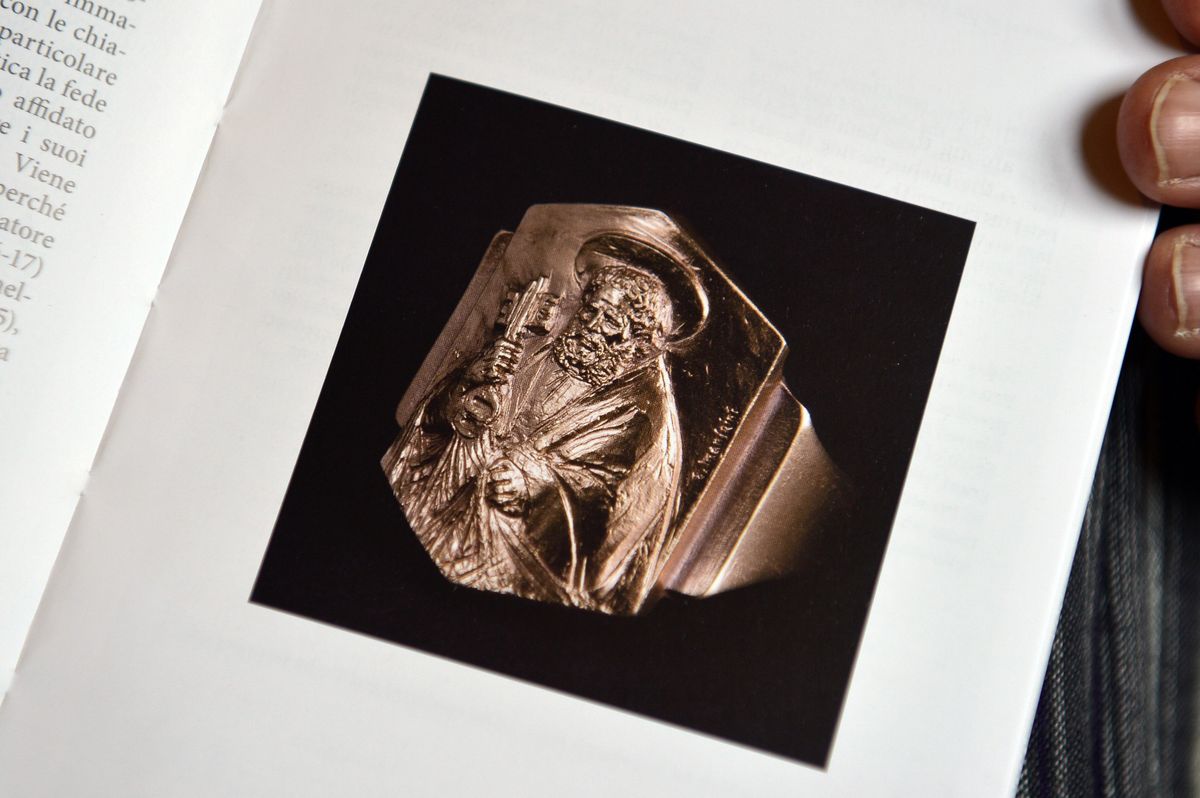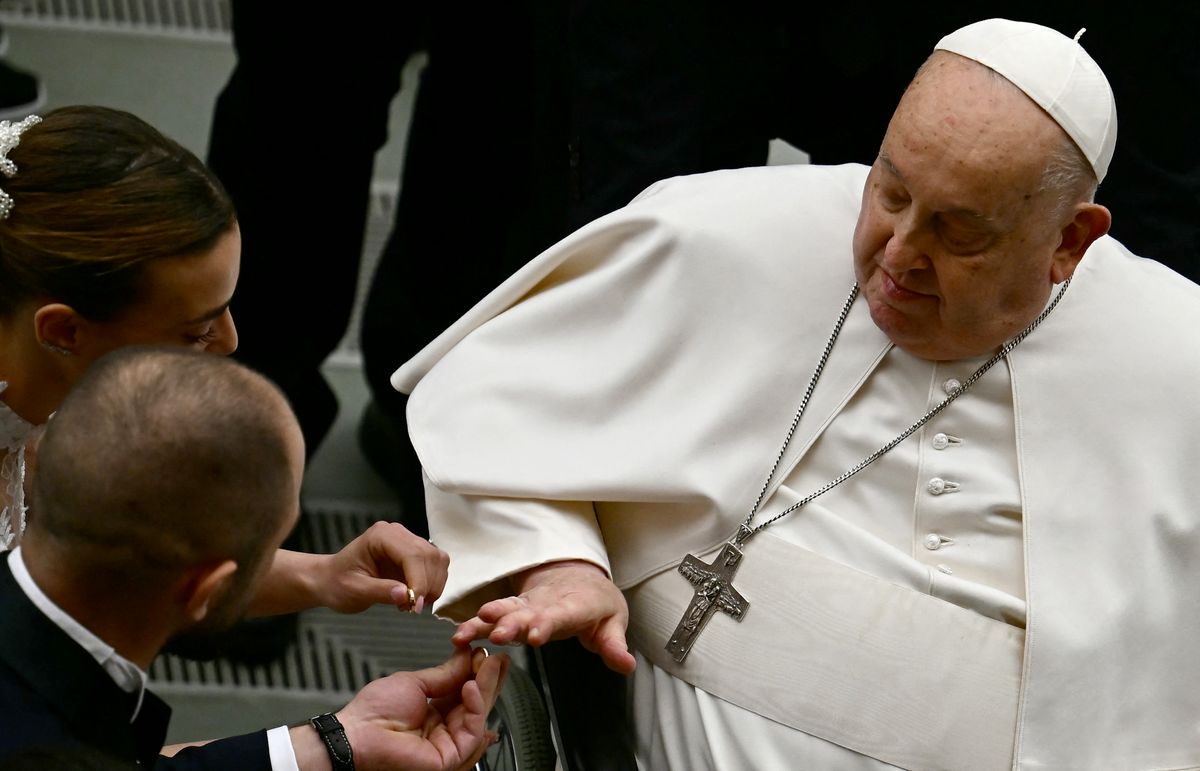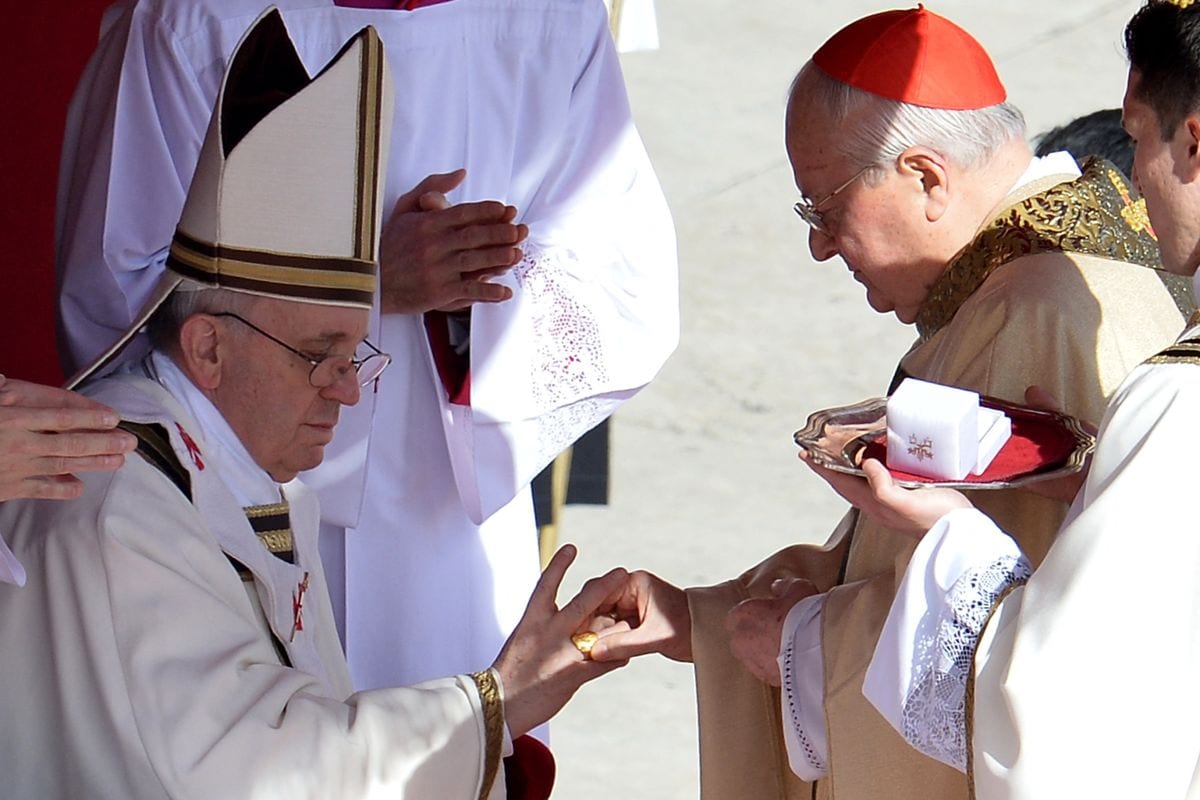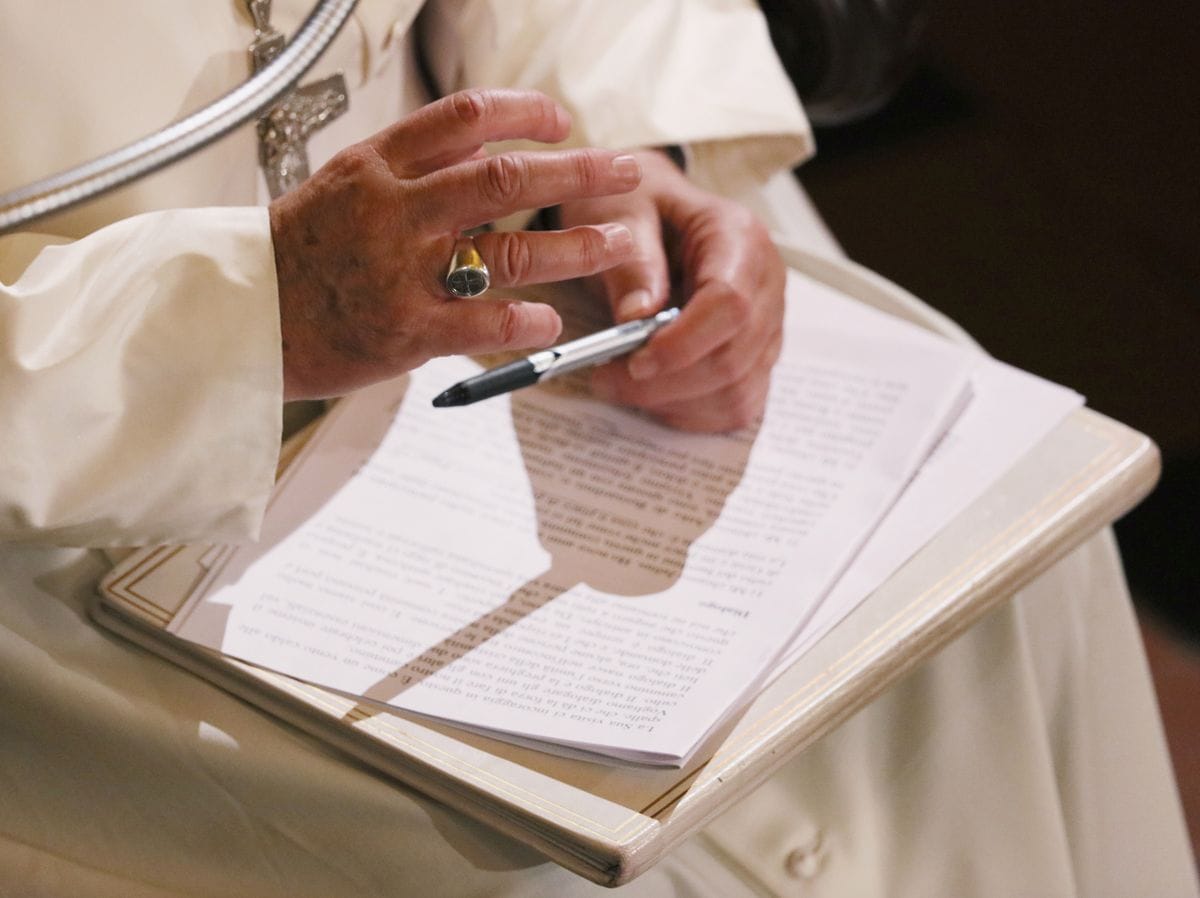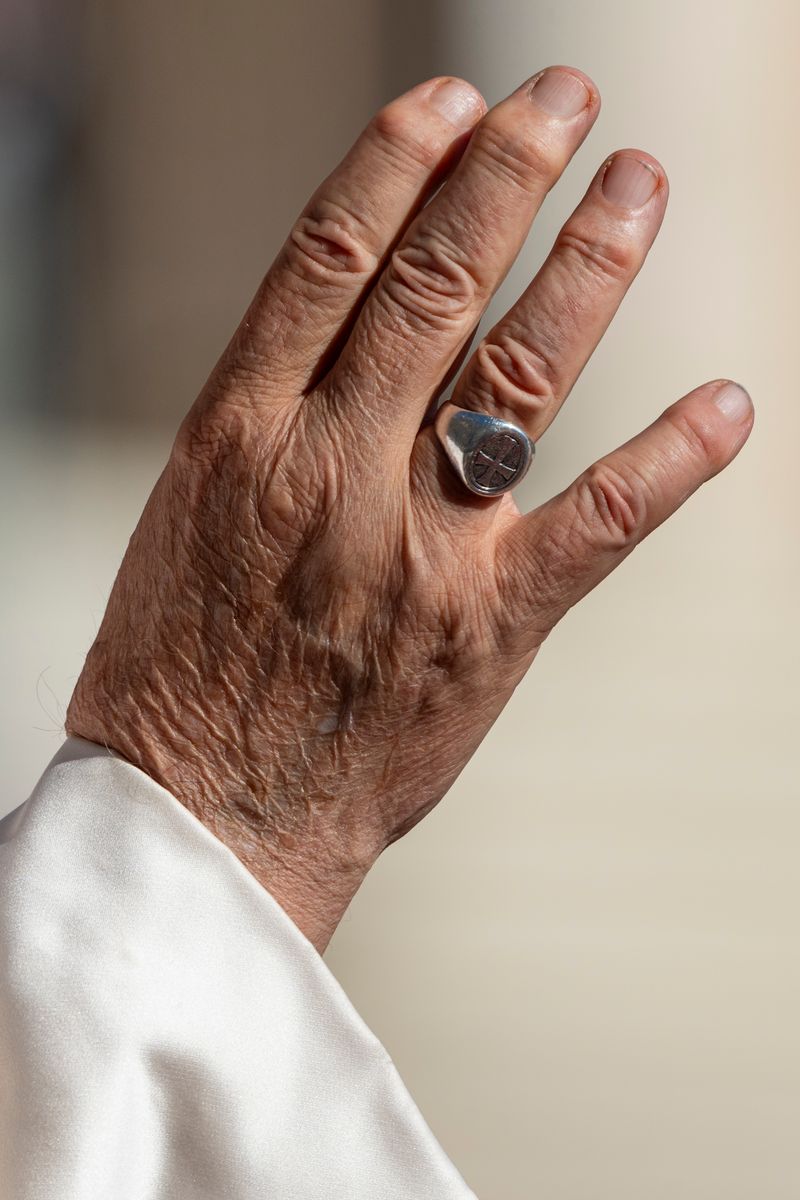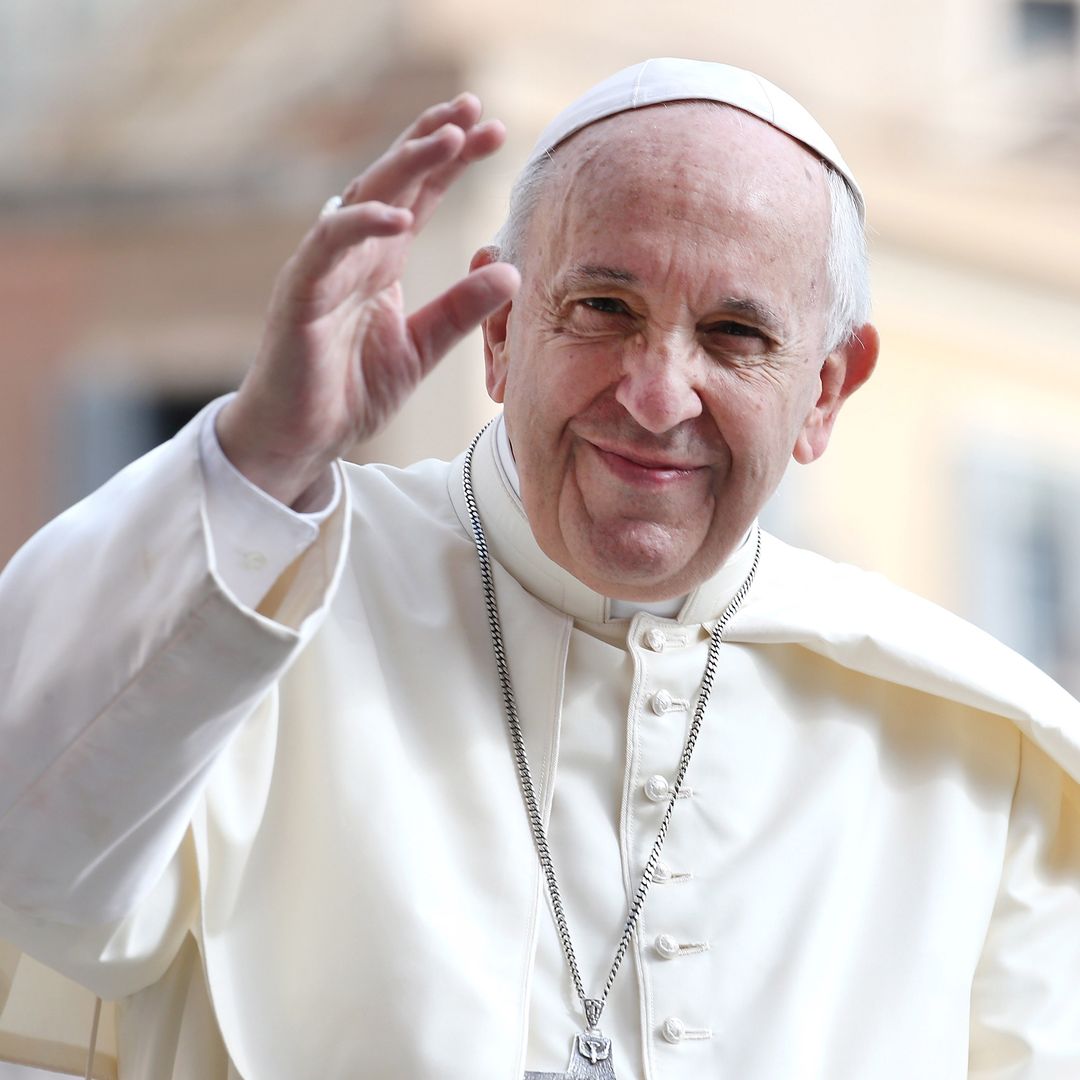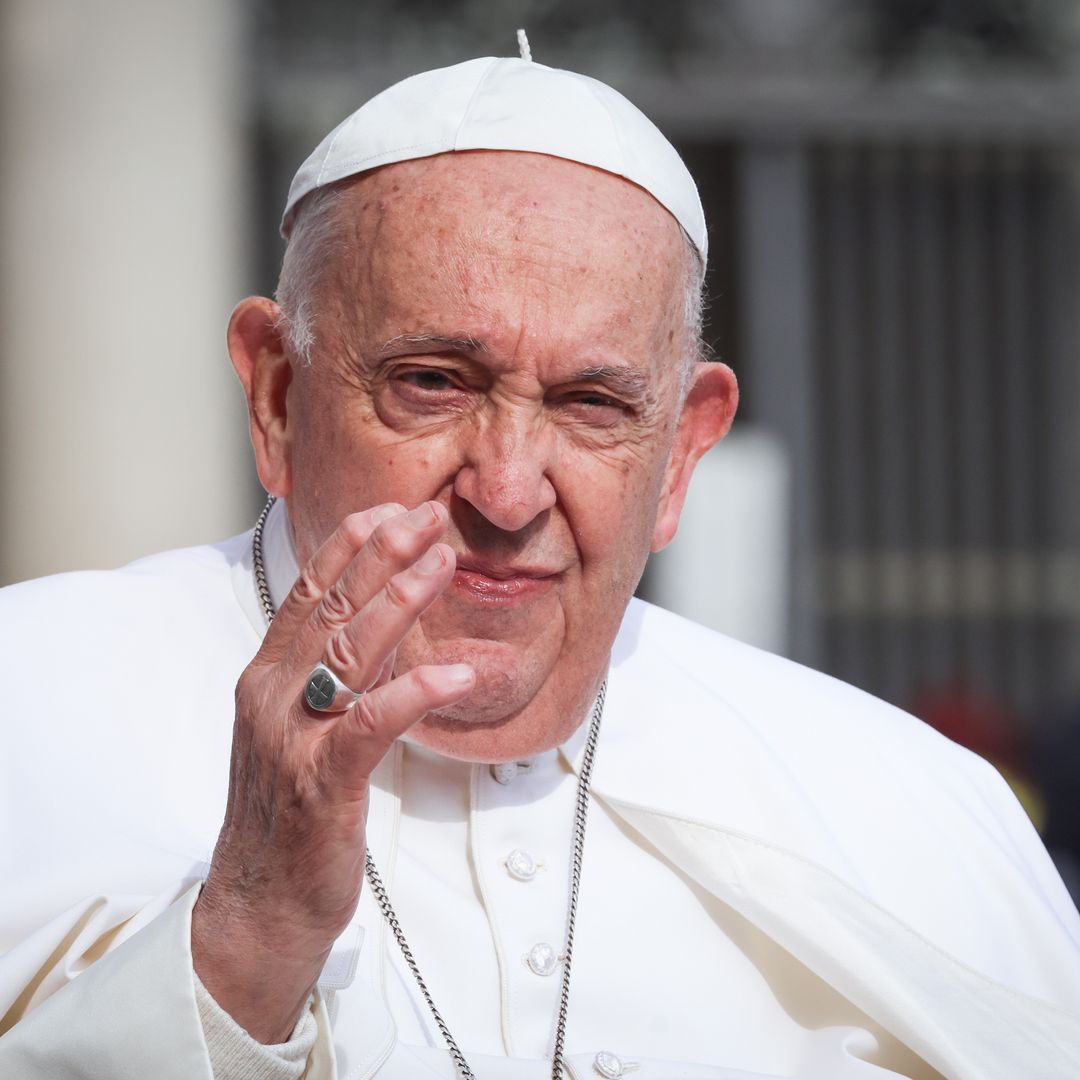When the leader of the Catholic Church dies, one of the first things to go isn't just the grief-stricken silence of St. Peter's Square. It's the pope's ring, which is not passed down like grandma's locket or her engagement diamond. But why does this ring get smashed? What's with this dramatic destruction of the papal bling? And how did a ring become the mic drop of a papal reign?
Let's unravel the centuries-old story behind the Fisherman's Ring, the jewel of the Vatican that doesn't just sparkle; it rules.
How the Ring Got Its Power
The Fisherman's Ring is the original blue checkmark, a sign of verified spiritual authority. This sacred accessory dates back to the 13th century. The first recorded mention comes from a 1265 letter by Pope Clement IV, who used it to seal private correspondence. The ring typically features an image of Saint Peter, the fisherman turned first pope, casting his net.
By the 15th century, the ring's job was upgraded: it became the official seal for papal briefs. That gig lasted until 1842 when wax seals gave way to less dramatic, more modern stamps. Still, even after its sealing duties were retired, the ring remained a potent symbol of the pope's authority.
The Smash Ritual: When a Pope Dies, So Does His Ring
When a pope passes away, the ring doesn't just go into storage or get auctioned on eBay. It's destroyed to prevent forgery. The ring once authenticated documents, so destroying it ensures no rogue decrees sneak out in a dead pope's name.
To mark the end of his authority. It's a ritualistic closing of a chapter. Once the ring is gone, so is the last official trace of the pontificate.
The Vatican's camerlengo, the official who temporarily runs the Church during the interregnum, oversees this ritual. Traditionally, it's done with a silver hammer. In modern times, a deep cross is carved into the ring, as happened with Pope Benedict XVI's resignation in 2013.
Other Papal Power Tools Get Scrapped Too
The ring isn't the only thing on the chopping block. The pope's lead seal, also used to authenticate documents, gets the same treatment. Think of it like the pope's official stamp pad, shattered to make sure no one's ghostwriting from beyond the crypt.
The Rise of the New Ring
Once the ring is smashed, a new one is crafted for the next pope. Each fisherman's ring is custom-designed and unique to the pontiff who wears it. It's typically presented by the camerlengo at the new pope's inauguration, like slipping on the most exclusive class ring in existence.
And with the recent death of Pope Francis on April 21 at age 88, that moment is just around the corner.
On April 28, 180 cardinals gathered in the Vatican's New Synod Hall and officially scheduled the conclave to begin on May 7. They'll cast their votes inside the Sistine Chapel, behind sealed doors and beneath Michelangelo's epic ceiling. Smoke will rise. Latin will echo. And soon, a new fisherman's ring will shine on a new pope's finger.
A Ring of Power, a Path to Sainthood?
Let's not forget: wearing the ring doesn't guarantee sainthood. The early Church practically handed out halos like party favors; 48 of the first 50 popes were sainted. But that fast track has slowed way down.
These days, sainthood is a bureaucratic Mount Everest. Only 80 out of 266 popes have been canonized, and another 11 are stuck in beatification, meaning they are one miracle short of full glory. And while Francis captured hearts across the globe, there's no guarantee he'll become Saint Francis 2.0.
After all, the road to sainthood involves divine intervention, Vatican investigators, and a heavenly resume.
,type=downsize)

